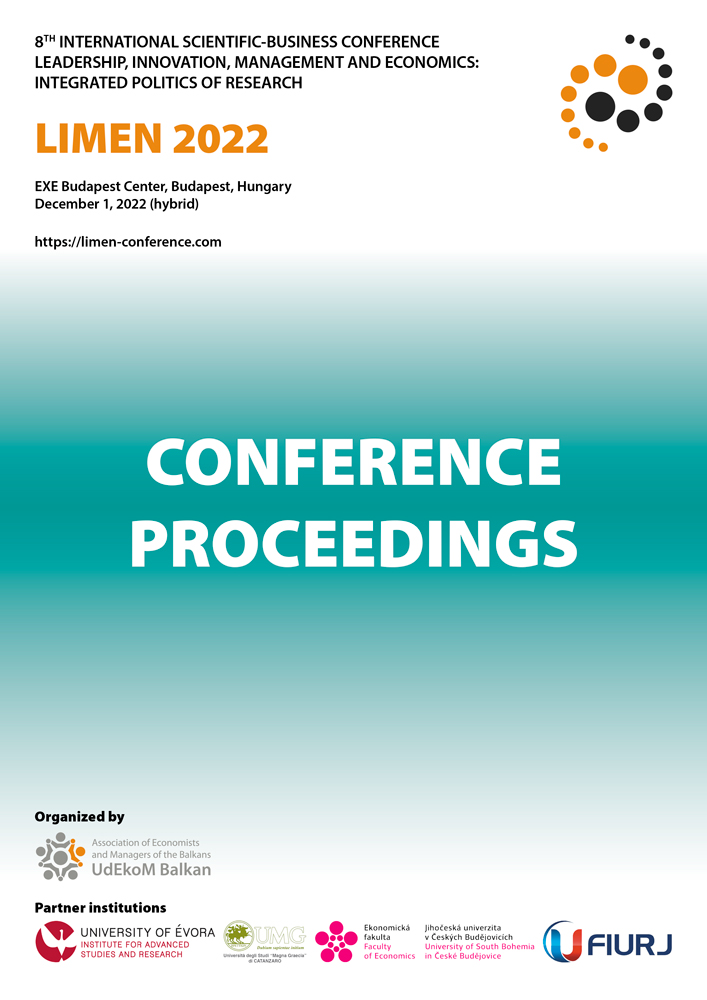Linear and Nonlinear Effects on Connectivity Structure: A Comparison of European Stock Markets
Linear and Nonlinear Effects on Connectivity Structure: A Comparison of European Stock Markets
Author(s): Rui Dias, Mariana Chambino, Nicole Horta, Paula Heliodoro, Paulo Alexandre
Subject(s): Social Sciences, Economy
Published by: Udruženje ekonomista i menadžera Balkana
Summary/Abstract: Understanding how crises spread is important for policymakers and regulators to take appropriate measures to prevent or contain crisis spread. This paper aims to analyse the synchronisations and fnancial contagion between the capital markets of Austria (ATX), Hungary (BUX), Croatia (CROBEX), Serbia (BELEX 15), Russia (IMOEX), Czech Republic (Prague SE PX), Slovenia (SBI TOP), and Poland (WIG) from September 19th, 2017, to September 15th, 2022. The results show that during the Tranquil period, there were 23 integrations (out of 49 possibilities), and the markets with the most integrations are the Russian (IMOEX) and Polish (WIG) capital markets, while the Slovenian market (SBI TOP) does not integrate with any market, suggesting some isolation from its regional peers. During the 2020 and 2022 Stress events, we can confrm the presence of 45 integrations, with the stock indexes ATX, BUX, IMOEX, and SBI TOP being the most integrated markets (7 out of 7 possibilities). These fndings are supported by the results of the unconditional correlations, which show that the coefcients signifcantly increased between the Tranquil and Stress periods. To validate, the Forbes and Rigobon's t-test shows that we are witnessing the phenomenon of marked contagion in these regional markets, with the exception of the IMOEX-CROBEX pair. These fndings suggest that regional investors operating in these markets may have some challenges in mitigating portfolio risk, with a high probability of possible losses in their portfolios.
- Page Range: 39-52
- Page Count: 14
- Publication Year: 2022
- Language: English
- Content File-PDF

